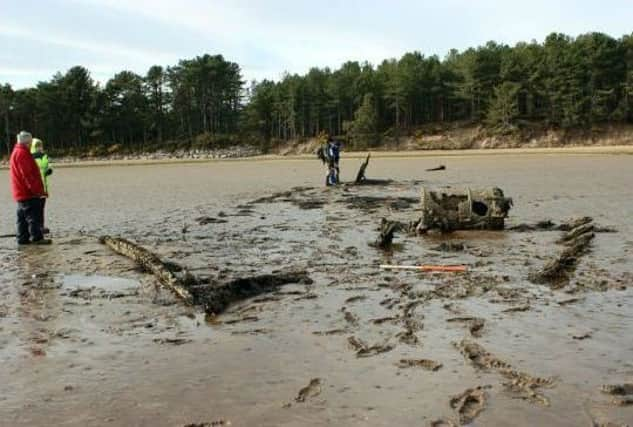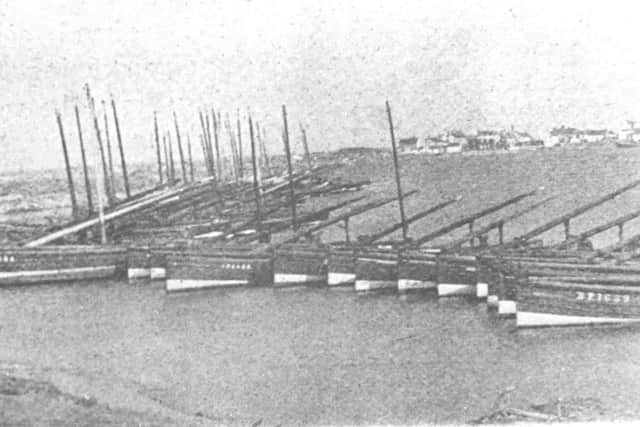Fight to save remains of Zulu boats on Moray coast


The so-called Zulu boats were favoured by herring fishermen at Findhorn Bay on the Moray Firth. But the vessels were abandoned when the fishermen left to fight in the First World War and have been left to rot ever since.
They are now the subject of a special mapping project by the Scape Trust – Scottish Coastal Archaeology and the problem of Erosion – which has been carrying out its work since earlier this year.
Advertisement
Hide AdThe charitable trust researches, conserves and promotes the archaeology of Scotland’s coast and is especially interested in remains that are threatened by coastal erosion.


A spokesman said: “The old boats at Findhorn fall into this category and were once at the heart of local industry, but were abandoned and left on the Culbin shore opposite Findhorn Village when fishermen joined the war effort.
“In 1879, Lossiemouth fisherman, William “Dad” Campbell came up with a radical design for his new boat. It had the vertical stem of the Fifie and the steeply raked stern of the Skaffie, and he called this boat Nonesuch. The Nonesuch had her registration closed on 12 January 1901 after having been broken up. The Zulu War raging in South Africa at the time gave the name to this new class of boat.
“The Zulu boats were built to the carvel method of planking, which was much stronger than the clinker system. The shape of the Zulus gave the boats a long deck but a shorter keel, which greatly improved their manoeuvrability. Zulus were two-masted boats and carried three sails – fore, mizzen and jib. The sails were very heavy and difficult to haul, and the masts had to be very long and strong.
“Their design produced very fast boats that became invaluable to herring fishing fleets. They got to the fishing grounds quickly and returned swiftly with the catch. Because of these qualities, the Zulus rapidly became very popular along the entire East Coast. As the 20th century approached, steam capstans were introduced, and this made the hauling of the sails and nets easier for the crews. One of the best of those was the capstans patented and built by MacDonald Brothers of Portsoy, in 1908.”
The craft gradually eroded and their remains were examined in a preliminary survey in late February, with specific craft selected for detailed measurement and recording.
Advertisement
Hide AdThis followed a drop-in session at the James Milne Institute (JMI) where people brought along old photographs and memories to add to the project.
The next step was a morning training session at the JMI where local volunteers from Findhorn Heritage Centre were tasked with carrying out detailed surveys of wrecks under the supervision of expert archaeologists from the Scape Trust based at the University of St Andrews. Tim Negus, chairman of the Heritage Centre, said an earlier survey had identified 36 of the old vessels and new information would help build up a clearer picture of the almost forgotten sailing boats that were once so important to the fishing communities on the Moray Firth coast.
Advertisement
Hide AdAn aerial photographic survey using a drone due to take place in May was postponed because of bad weather and is now planned for September when tides and weather permit.
Joanna Hambly, a research fellow at St Andrews who has been taking part in the project, said it aimed to gather as much information as possible before the ships are destroyed by the elements. In the late 19th century, there were thousands of Zulu boats. A single example is on display at the Scottish Fisheries Museum in Anstruther, Fife.